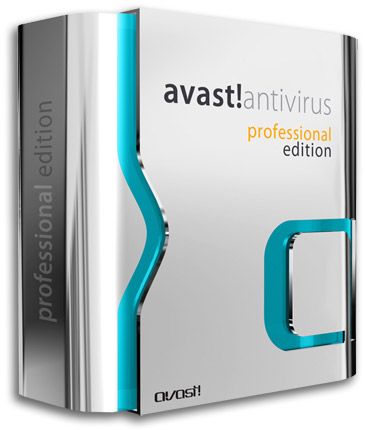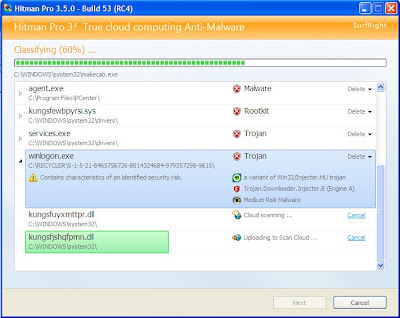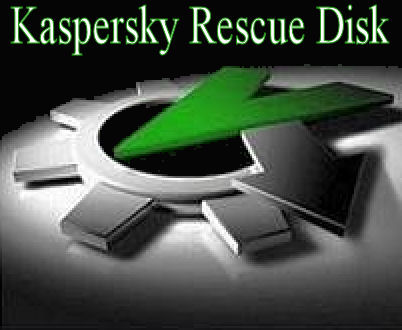McAfee Internet Security - a convenient solution for comprehensive security, ideal for people who are constantly using the Internet for data exchange, shopping, banking and trading operations or for entertainment. He has composed award-winning tool for web security McAfee Site Advisor Plus, which warns you about suspicious Web sites and blocks them.
McAfee Internet Security protects the family and the entire computer network from viruses, spyware, hackers, identity thieves and online fraudsters. It also provides parental control. In the products program McAfee Internet Security, which now uses a revolutionary technology Active Protection, provides proactive protection for your computer against various threats. Now do not need to wait for hours, as when using traditional methods - the program analyzes and blocks new threats in a fraction of a second. Active Protection - the best technology to ensure protection against constantly evolving Internet threats.
Updating
McAfee Internet Security makes regular automatic updates, which helps to ensure a protection against evolving Internet threats.
Virus Protection
McAfee Virus Scan Plus automatically protects your computer from viruses, mass-mailing worms, Trojans and many other viruses. The program also automatically removes viruses, or puts them in quarantine, with minimal interference in your computer.
Protection from hackers
Continuous monitoring of incoming and outgoing traffic can effectively deal with McAfee to hackers and fraudsters involved in identity theft and to prevent operation of malicious programs that can seize control of the system (for example, to send unsolicited messages), or introduce a virus program that violate privacy. Quick and easy installation, customizable security levels, the function of the visual trace the path, smart alerts, full screen mode and automatically customized functions - all this will fine-tune your protection , identify the source of the threat and act to block suspicious programs that may transfer your personal data " in the right place. "
Spyware protection
McAfee Protection from spyware can detect, block and remove spyware, adware and other suspicious programs before they try to steal passwords to log into the system ( "keyboard loggers"), or start tracking your movements on the network or (files cookie) or output screen a large and intrusive ads while browsing the internet. Better protection based on the new built-in protection againstviruses and spyware. Now this protection detects and blocks tracking a cookie.
Privacy Policy
McAfee Internet Security helps protect your personal data and financial information (such as name, telephone number, credit card number and bank account) from the unauthorized transmission over the Internet. Function McAfeeShredder can permanently delete confidential files and thereby protect your privacy.
McAfee tools to protect against viruses, spyware, spam, and firewall work together, forming a layered defense against threats to identity thieves who can use a combination of malware to steal files, credentials to enter the financial system, and other personal information, identifying the user.
Protection from spam and fraudulent actions by e-mail
McAfee Internet Security automatically detects and blocks unwanted messages, including messages in foreign languages, as well as letters by which the fraudsters can get users to run a virus. Thus, junk mail is blocked and you receive only messages from trusted sources. Regular anti-spam filter updates ensure protection against spam. The exact mechanisms of analysis, filtering and blocking unwanted messages can reduce the number of locks allowed letters.
Protecting children from harmful influences at work in the Internet
McAfee Internet Security helps protect family members from viewing inappropriate Web content and online predators by age settings and easy-to-use filtering options. In addition, the package includes McAfee Image Analyzer, protecting children from viewing obscene images.
Backing up and restoring files
McAfee Internet Security provides automatic backup, preserving irreplaceable photos, music files, video files and documents on CD-, DVD-, USB-media, or external or network drives. Extract files from archives possible with a single click.





